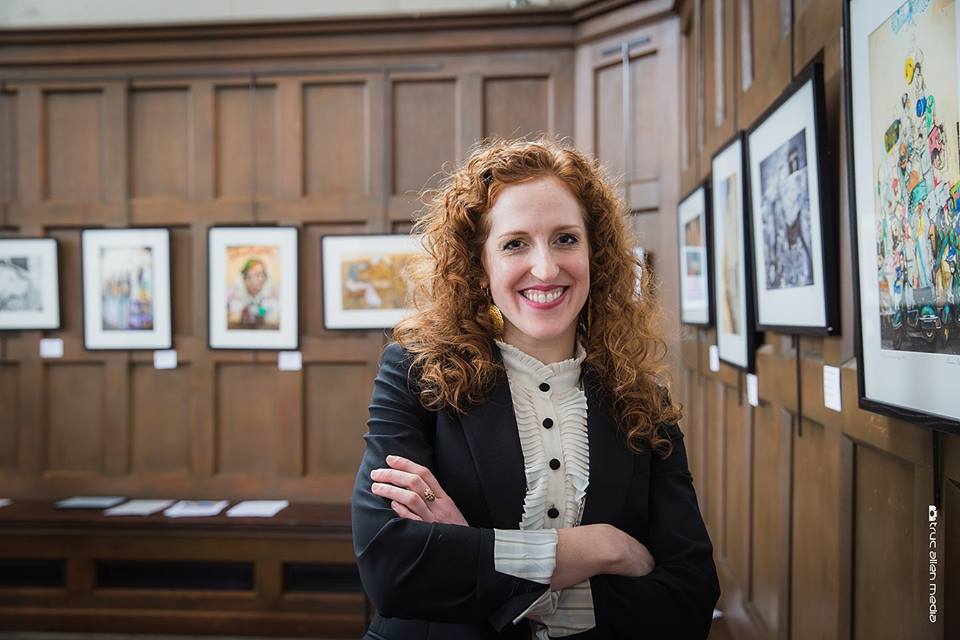I’m excited to announce that my photography project, War on Walls, has been published in the British photography magazine Aspect: Ratio Magazine of Photography. War on Walls is a photography project to document the extraordinary street art, created in and around Cairo’s Tahrir Square during Egypt’s Arab Spring revolution. Street art was a defining feature of the Egyptian revolution: raising awareness of political and economic issues, pressuring the regime and governing bodies for change, injecting dark humor into turbulent times, and providing a visual memory of important events and individuals. The street artists’ work featured revolutionary slogans, criticisms of the government, portraits of government figures, tributes to martyrs, comments on social issues, and depictions of key revolutionary events. The emerging street art movement was a creative expression of the Egyptian people’s frustration and desire for freedom, as well as a way to physically reclaim space in Cairo as belonging to the people rather than the government.

Alaa Awad painted this scene showing bulls fighting, a reference to the Ancient Egyptian Apis Bull, a symbol of power and authority. This mural was designed to translate the chaos, pain and uncertainty Egyptians were feeling. Mohamed Mahmoud street, Cairo, Egypt.
Aspect: Ratio Magazine of Photography is a London-based biannual magazine for contemporary photojournalism. This publication is a wonderful, independent voice in the current media sphere that helps photographers and photojournalists share the stories that matter and the stories which need to be told.
I’m very honored to have War on Walls featured in the latest issue of Aspect:Ratio and to be included with a group of wonderful and very talented photographers who are sharing a wide range of powerful stories they cover and care about deeply.
You can read my War on Walls photo essay and article here. And check out this 4th edition of Aspect:Ratio in its entirety here. If you like what you see, I encourage you to subscribe to this wonderful magazine and support the great work they do.









